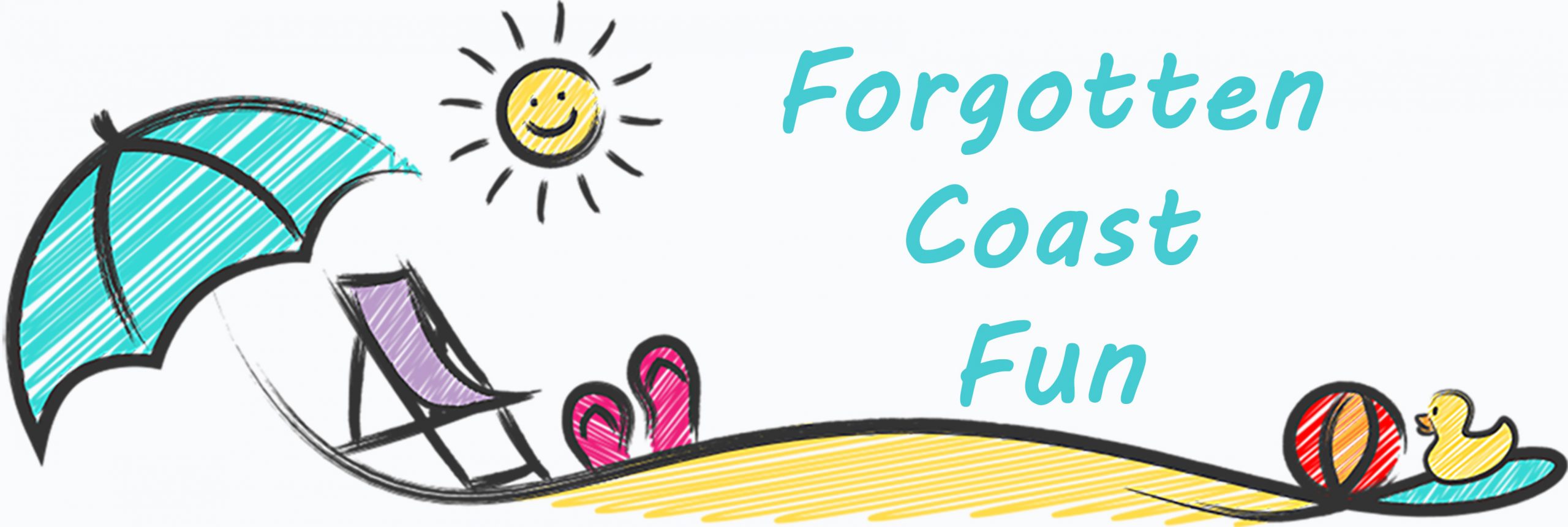Survivors Bait and Tackle on SGI Has a New Look Under New Ownership
Fishing Along the Forgotten Coast
Fishing along the Forgotten Coast is exceptional throughout the year, but it is the spring through the summer season that lures most anglers from around the country to its diverse fishing areas. Whether you are a first time visitor, getting their line wet for the first time, or a seasoned pro looking for a new adventure, the Forgotten Coast’s vast freshwater and saltwater fishing opportunities from Mexico Beach to the Big Bend provide all anglers a very special and most often, rewarding, experience.

Surf Fishing
Surf fishing is an extremely popular activity along the Forgotten Coast. Pompano, spanish-mackeral, bluefish, redfish, and more cruise the shallow coastline at different points of the year, providing an irresistible lure to all who love to fish. Because a wide variety of fish migrate during different points of the year along the Forgotten Coast, it is helpful for the angler to know when, what, and where to fish. For laws and regulations, go to https://myfwc.com/. For outfitting or tackle, visit
Pier Fishing
Pier fishing is a popular sport throughout Florida and more especially, along the Forgotten Coast. Providing an easy access to Florida’s plethora of fish species, pier fishing provides an easily accessible fishing experience that can be enjoyed by anglers of all ages and all levels. Piers are also prime spots for families to enjoy crabbing. However, like fishing, crabbing is seasonal and regulated, so make sure to consult Florida state fishing laws and regulations at https://myfwc.com/. For information on outfitting or tackle, visit
Inshore Saltwater Fishing
The inlets and bays of the Forgotten Coast Region are renowned for its inshore fishing. Speckled Trout, Redfish (Red Drum), and Flounder are sought-after species that can be a challenge to land, but thrilling to catch. Inshore fishing is most often done with light tackle and is popular with kayakers, waders, and shallow hulled boaters that can gain access to the shallow waters along the banks of inlets, sounds, and bays. Renting a charter from one of Forgotten Coasts esteemed charter captains can usually ensure a successful outing. For Florida’s fishing regulations, go to https://myfwc.com/ . For charter fishing opportunities, please click here.
Offshore Saltwater Fishing
The Forgotten Coast is also home to over 50 artificial reefs which lie offshore along its coastline which serve as habitats to hundreds of fish species migrating through the region. These reefs are very active and provide anglers the chance for a spectacular and fulfilling fishing adventure. While grouper and snapper are the most famous fish of these reefs, they also provide temporary homes to amberjack, triggerfish, cobia, and more. If in need of transportation to these choice spots, there are a myriad of charter boats operations and captains available from Mexico Beach to Carrabelle that will be happy to provide this service for you. While charter guides and captains should know everything needed to ensure a safe, fun, and lawful adventure, it is good to know Florida’s rules and regulations, so please visit https://myfwc.com/. To find a charter near you, click here.
Freshwater Fishing
Coming Soon…
Florida Pompano and Permit
Pompano
Pompano fishing along the Forgotten Coast is most popular during the spring months of the year. Usually by March, but as early as February, Pompano, preferring water temperatures of 70 to 80 degrees fahrenheit, migrate their way north and into the Forgotten Coast region, attracting anglers from all around the world. Pompano fishing can be very rewarding during the fall months of the year as well, so long as water temperatures hold above 68 degrees. Therefore, if you are not able to make it by the spring run, pack your fishing gear anyway, because Pompano hang around the Forgotten Coast through most of the year. Popular spots along the Forgotten coast for Pompano fishing include St. George Island, Cape San Blas, and Mexico Beach.
Permit (The Fish)
Though more rare, Permit can be found all along the Forgotten Coast. While very similar in appearance to Pompano, Permit juveniles can usually be distinguished by an orange color on their belly and or pelvic and anal fin, whereas, Pompano feature a more yellow color in the formentioned areas. Further, a Permit’s dorsal fin is longer and more sloped towards the back than a pompano and their tail fin is more narrow and sloped back as well. Adult Permit are even easier to identify as they exceed the eight pound max range of Pompano and can grow to 45 inches and up to 50 pounds.
Fishing for Pompano
Pompano is a fish that will run in schools, feeding close to the coastline on invertebrates and smaller fish. Sand Fleas are usually plentiful during the spring and is also the first bait an angler will seek out when fishing for Pompano. Live Sand Fleas are easy to catch, when available, using what is commonly known as a Sand Flea rake. Small crabs, shrimp, and small minnows are great baits also used by avid anglers, along with artificial lures such as a Pompano Jig. Conditions most favorable for Pompano fishing would be early morning or late afternoon, with an incoming tide, in clear water.
For regulations and local size limits, visit: https://myfwc.com/research/saltwater/fish/pompano-permit/


